Just as handwriting gives a first psychological insight about a person, and is used by many companies in the recruitment phase, even our children’s drawings and scribbles can tell many things about them.. Do you know what to look at when your children show you their works? Here are some key points to consider when you interpret children’s drawings!
Table of Contents
Why interpreting children’s drawings
When we announced to the children that we would come back to France, and explained the consequences this would have for them, my daughter started drawing houses.
They were beautiful, cheerful drawings; but it struck me that the subject’s choice had suddenly become “monotonous and repetitive” – while before she would mostly draw people, whether it was us or the princesses she liked so much.
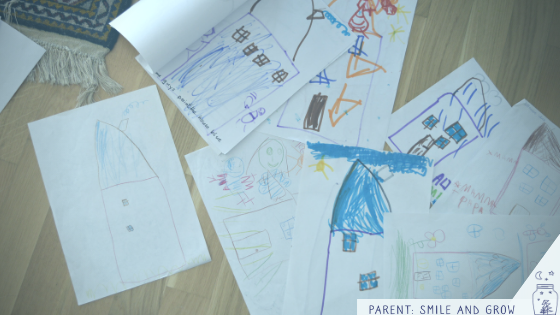
Have you ever noticed any weird detail in your children’s drawings, and wondered what they meant?
For example, take the drawing below : isn’t it .. Say peculiar ?
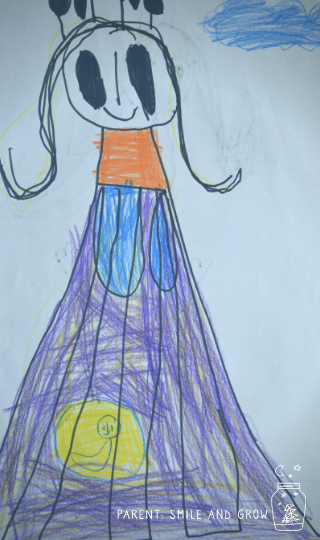
I wanted to investigate.. And I asked an elementary school teacher to give me some clarification.
Evolving Drawings
Instructions before use :
-
Children always project themselves into their drawings. It could be the emotion of the moment, an episode that struck them, a deeper sensation.. Don’t think they’re random. In each scribble there is an expression of one’s self.
-
These tips are not enough to make any diagnoses. They are only indications to help you know your child better, and, possibly, to know how to recognize a discomfort – which could also be momentary or transient.
-
The drawing is a snapshot, the expression of a moment. In order to be able to read a deeper message, you have to look at the evolution of the drawings over time, not to the one-time element.
Interpreting young children’s drawings
Almost all children like to draw, even if this passion does not appear immediately.
Now that my children are 3 and 5 year-old, the difference is striking: my oldest one could spend hours with just paper and pencils, while the little one mostly plays with the material, drawing circles or hitting the sheet with his crayons. But he gets bored after a few minutes.
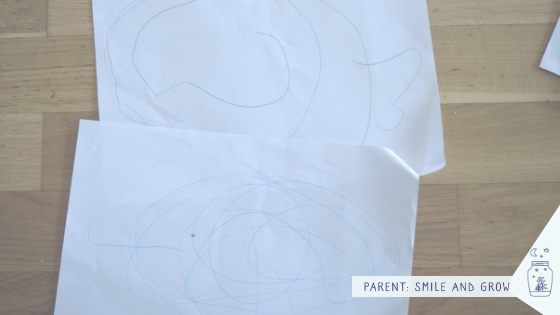
I must say, he prefers painting.. With collateral damages !
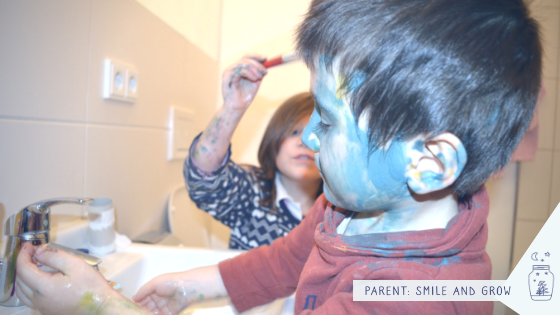
Seriously though. For young children, drawing or painting are part of a body exploration: they learn how to hold the writing tools in their hands, and how to use them (even in less suitable ways); they experiment with all the colors; and often they love finger paint for the discovery of the different tactile sensations.
Other children, however, hate to get their hands dirty and to touch slimy material like clay (although it is not the case of my children, as you saw from the picture above, I know that this is not uncommon).
In general, however, most young kids draw colored circles; whereas a marked use of straight lines displays aggressiveness.
I didn’t want to investigate whether the same applies even when your child uses the pencil as a dagger and repeatedly hits the paper with it. Sometimes it’s better not to know.. ;)p
When the child starts drawing human figures, those are usually made of one or more circles – where the head is the predominant circle.
(I knew that keeping all my children’s drawings would come in handy!)
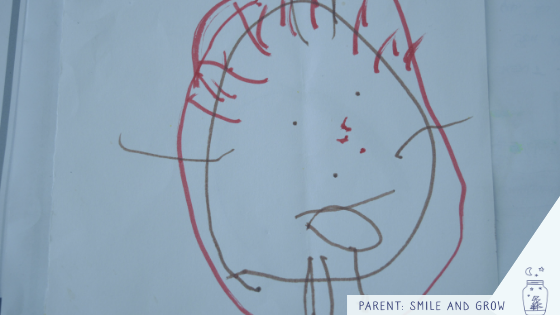
Feel like we could keep in contact? Come on in 🙂
The key elements
Everything I tell you now refers more specifically to older children, say from 4-5 years to 10-12; and to western culture. The meanings of shapes and colors, in fact, change in other cultures.
There are some fundamental and recurring elements when interpreting children’s drawings; maybe you know them already, but I’ve found them so enlightening. You know, that kind of effect when you’re hit by a revelation, and exclaim, “Of course! How come I haven’t thought about it before! “
Before diving deeper into the analysis, remember that children do not exactly think the same way we do. The fact that your daughter draws pink trees and blue faces doesn’t mean she’s immature.
Connected: 8 truly interesting things you should know about your child’s social development
Resist the temptation to comment and direct the way your child draws (I know, it’s very difficult, but believe me it’s worth it !)
So many times, while we were doing some art project together, I could retain myself from spurting out a “But why are you making the sun blue? Why are you coloring the grass brown? And why don’t you do it this way, see how it comes better? “
Like the worst comment I could have done to my creative child right?!
Anyways, the use of unrealistic colors, of new and unusual subjects, are all a symptom of creativity – so let it unleash!
The colors
Many websites that I consulted to deepen the topic made a distinction between warm and cold colors, and their meaning. From what I’ve seen, the younger are the children, and the more they love experimenting with all the colors.
I think what’s important to notice is the frequent, repetitive and obsessive use of red and black, as well as drawings of blood and violence.
Those are a warning you shouldn’t ignore.
Proportions
In every drawing, and especially in those in which the child is represented, harmony and balance are important. If the child represents himself as very tiny, for example, it may indicate a feeling of inferiority or insecurity.
The same applies to how much of the paper is taken by the drawing. Normally, children occupy all the space, and this shows an opening towards the environment.
When the child only uses the center or a corner of the paper, this can be a symptom of an insecurity or a difficult relationship.
Reciprocal position
Especially in the representation of the family, it is interesting to note where the child fits in relation to the others, and if he leaves a family member out.
Usually, the child draws first the person he admires the most; and when he draws one person as a lot bigger than the rest, he may see this person as oppressive or dominant.
The missing person can be the object of a jealousy or a conflict.
Looking at my daughter’s drawings, I realized in how many there’s only me and her (I hope this is a good sign of our bond!); and how curiously, in some either her dad or her brother are missing.
“But mom, it’s because dad wasn’t there on that day when we went to the park, don’t you remember?” Be careful not to look for alarming signs even where there is none !
Connected: how accepting your children’s emotions will help you be happier parent.
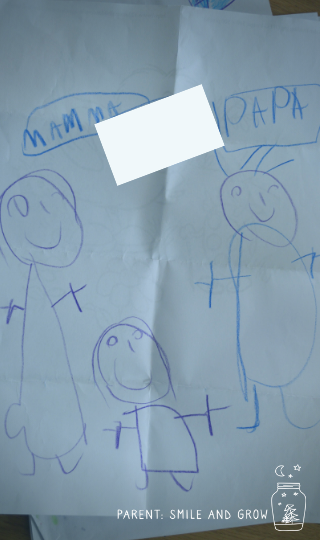
The most representative figures in children’s drawings
Children like to read the same stories over and over and over again, right? Whereas we sometimes get nauseous just at the idea of re-opening the book of the Three Little Pigs (you know it by heart anyways!).
Well, with drawings is kinda the same thing. Children love to just draw the same subjects.
In addition to having different versions of our house, for example, I can include:
– Collections of Christmas trees;
– Layered Birthday cakes with candles (all chocolate);
– Very large gift packages;
– Numerous Rapunzel’s towers;
– Sleeping princesses.
And then, us : her family.
This is obvious, you may think : it’s our children’s little world. But apparently, there are other symbolic meanings!
The human figure
From the age of 5 and up, the human figure should be represented with all its parts. Here’s some of the implicit meanings :
-
Ears: their absence indicates little inclination to listen to others (never seen an ear on my daughter’s drawings, in fact..)
-
Mouth: its absence means that there is something that the child doesn’t want to say..
-
Hands: When they are big, they represent going towards others, the relationship with other people.
-
Arms or legs: Their absence indicates immaturity, still being totally dependent on the parents, or having not yet developed a distinct personality, separate from the mother’s.
The family
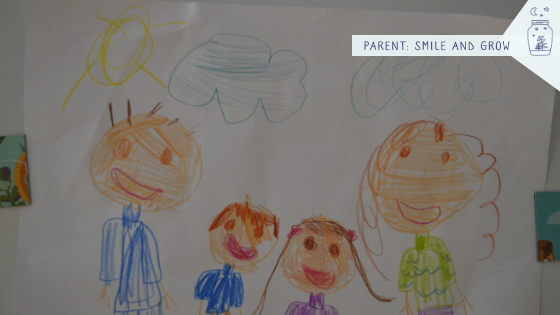
To interpret the family’s drawings, notice the position of the child compared to the others.
When the children are in the middle, among the parents, it is because they feel protected and safe. Conversely, that the couple is felt stronger than parenthood.
If the child is much smaller or alone in a corner, he may feel crushed or marginalized.
The tree
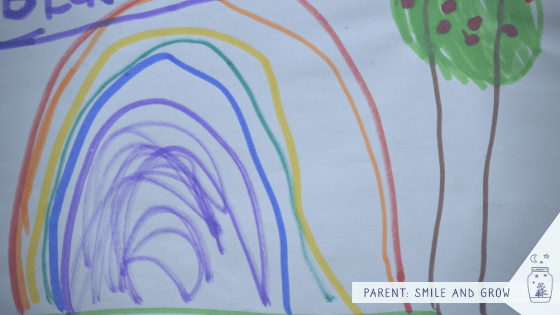
I didn’t know it, but the tree is very important because it represents the bond with our deepest self.
When the trunk is well proportioned, with large branches, this translates into extroversion; while small branches conceal a fearful soul.
The roots indicate a solid family base; And the best of the best is the presence of leaves and fruits – whose predominance with respect to the trunk would indicate fantasy.
These first two subjects, the tree and the family, are so important that if the child refuses to draw them, it may mean that he is afraid to show that something is wrong.
And it is in fact one of the classic tests that is used by psychologists.
The house
Our refuge, our little world, right? A symbol of protection for everyone!
Here the important elements are:
- The presence of doors and windows;
- The chimney, the flowers and other details;
- A road or path
Doors and windows indicate the opening to the outer world ; the same applies when there is a path leading to the house.
The more details the drawings has, like a smoking chimney, flowers, etc, the more the feeling of happiness and serenity.
The water and the sun
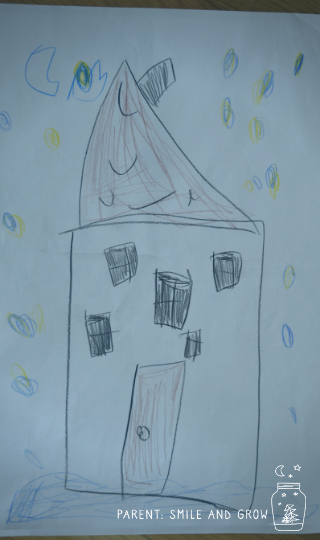
Finally, here are two other symbolic elements that I ignored: the Sun represents the fatherly figure; the water, is the mother.
Here also you can apply all what we previously saw – look at the dimensions, whether balanced or excessively oppressive or absent, and the reciprocal position.
Why not joining our community of parents for mutual support ?
Children who don’t like to draw
And if one just doesn’t draw? Is there something to worry about?
Given that I am not a professional on the subject, and that everything needs to be analyzed within its specific context, drawing is nothing but a way to express oneself.
In children it usually happens in a natural and instinctive way; but there are also children who just don’t like it ! They will find other ways to express their creativity.
And for the adults?
You know those scribbles we all make during meetings or while we’re on the phone?
Beyond the fact that they seemingly help the brain to memorize what we hear, they also have a meaning, right because we do them in a semi-unconscious way.
Geometric shapes indicate rationality, small houses a return to childhood, flowers and grass a good capacity for observation.. And you can take everything we said about children and apply it to you as well !
Resources and references
I share with you some articles that I have taken as a reference, and useful readings as always! Links to Amazon in this page are affiliate links.
But first, I ask you 3 things:
-
Share this post if you found it useful!
-
What do you think? I’d really like to hear about your experience 🙂
-
You liked the article and you’re interested in joining the club and receiving food for thoughts and inspiring suggestions directly in your inbox? It’s over here!
Articles:
-
Your kid loves to do arts and crafts? Here’s 24 health benefits of drawing, painting and art!
-
And could not miss a complete research project done by a student which is a very complete analysis and interpretation of children’s drawings.
Books:
As a side note, the book I have is Italian and hasn’t been translated into English, but here’s some relevant suggestions to deepen the topic!
-
-
This is a very complete book with an historical and psychological perspective on drawing, where children are seen as going through the same phases as our ancestors did in the old age.
-
This book is meant for therapists, but if you’re interested in deciphering the deep meaning of your child’s sketching it can be of use!
- Do you want to encourage your kids to express themselves more through art? “Drawing With Children: A Creative Method for Adult Beginners, Too” is the go-to guide for you!
-
-
Finally, if you think that drawing is not for you, reading this book may give you a completely new perspective!
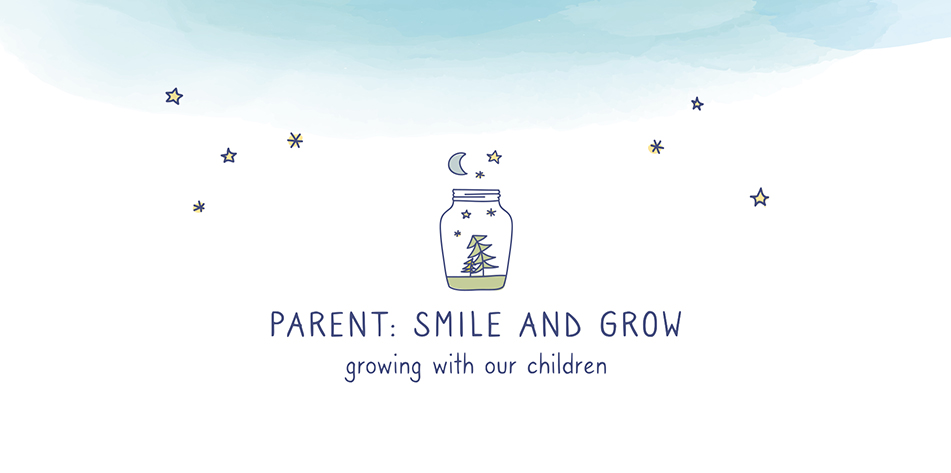
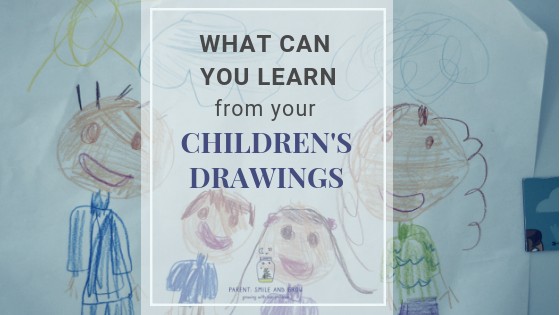


My love daughter like draws building . House, apartment, hotel. what does that mean? she is 6 years old.
Hello everyone!
i just came across this drawing video. i thought you might like it so i’m sharing this.hope you all also find it useful
#kidsdrawing #HowTodrawLetter #HowTodrawLetterL #HowTodrawLion #HowTodrawLightLamp #drawcuteteLips #DrawingForBeginners #DrawingForKids #kidsdrawingTutorial
https://www.youtube.com/watch?v=EtKI66E34rw
Thank you for sharing Nisha!
I would not take advice from a passage about drawings they could mean many different things or your child may have thought that “it’s cool” I once was a young child that loved to be creative and draw/paint and now that I’m 15 I have taken my artistic investigation much further and still find that my art is much misunderstood. Most people thing when they see gore or self harm in a drawing for example that that person is planing on doing that to them self’s or others or thinking about it which is not true at all one of my recent pics features a limp arm with cuts and the quote “times up” To represent that life is so short and should be cherished
So please if your concerned about your child’s art don’t turn to passages. Just talk with your kid and ask them what they wanted there drawing to be interpretated as
Hi Jonah and thank you for your comment. I think it’s great that you are deepening your relationship with art! And I agree with you: the indications one’s may find on blogs like mine and books are general indications to guide a personal observation, but they cannot by any means replace the individual guidance of a therapy for instance. Most of the indications though relate to very young kids and they can be useful when the type of drawing is repeated on a longer basis (meaning that it’s not just experimenting with shapes and a specific figure).
My 8 year old daughter draws, colors & paints on things she shouldn’t Walls, Computer chairs & floors rather than paper or canvas available to her. What do you think about that?
Hi Emmy, I don’t feel completely comfortable expressing opinions on this because on one hand, I don’t know the broader situation and second, I’m not a therapist. I do believe that what we call misbehavior hides a need – but then, it could also be a form of artistic expression in this case – I’d start by observing. Does she do this at particular moments of the day? What happens before and after? Does she do this also in other places outside the home? And then discussing this with her directly, trying to always put empathy first.
Hello. My daughter recently started drawing a girl with her back turned. What does that mean? She is 7 years old.
Hi Teneramie, thank you for your question. The first thing I’ll ask you to note is that it’s not possible to give “The” interpretation, without the proper context – so please take what I’m about to say as a general guide to help you find the right lenses and NOT as a precise diagnosis – for a proper and deeper analysis, therapists are the right door to knock to. In general, drawing oneself with the back turned may mean refusing some aspect of reality we don’t like; while not drawing the face, is often interpreted as a mean to hide the inner self, one’s deepest emotion.